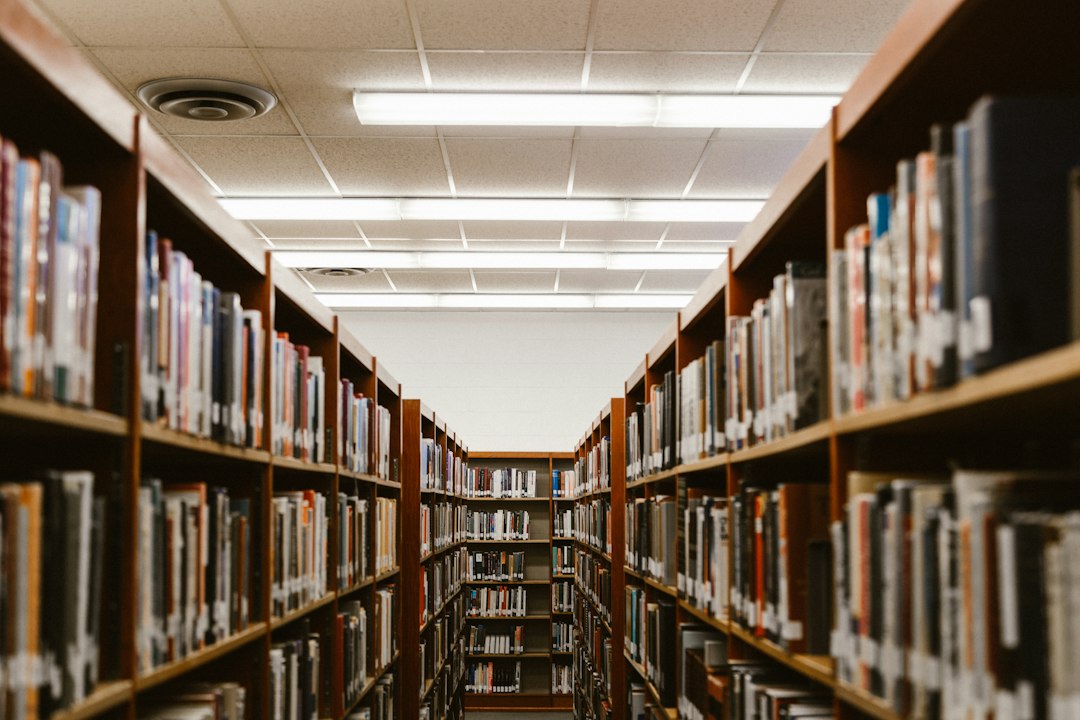Breaking Down the Different Learning Styles
In today’s educational landscape, teachers encounter diverse groups of students with varying learning styles. Recognizing and accommodating these different styles can greatly enhance the learning experience for all students. There are three predominant learning styles: visual, auditory, and kinesthetic. By understanding these styles and incorporating them into lesson planning, educators can make education more accessible and effective for every student.
Firstly, let’s explore the visual learning style. Visual learners absorb information best through visual aids such as charts, diagrams, or videos. These students thrive when presented with visual representations of concepts and ideas. To cater to visual learners, educators can employ techniques like PowerPoint presentations, flowcharts, or graphic organizers. These visual tools not only engage learners but also help them grasp complex concepts more easily. Furthermore, using various colors, sizes, and fonts when creating visual aids can enhance their impact on visual learners.
Additionally, auditory learners prefer to process information through sound and verbal communication. They learn best by listening and may struggle with visually-oriented teaching methods. Auditory learners benefit from listening to lectures, participating in class discussions, and engaging in debates or interactive activities. Utilizing audio recordings or podcasts as supplementary learning materials can also aid auditory learners. Employing repetition and verbal explanations can reinforce their understanding and retention of information. Group activities that promote discussion and active listening can create an ideal learning environment for auditory learners.
Finally, kinesthetic learners learn best through hands-on experiences and physical activities. These students have a preference for tactile interactions and movement. To accommodate kinesthetic learners, educators can incorporate activities such as experiments, role-playing, or simulations into their lessons. Providing opportunities for hands-on exploration and encouraging movement within the classroom can significantly improve learning outcomes for these students. Additionally, incorporating visual and auditory elements, such as videos or interactive presentations, can further engage kinesthetic learners.
It’s important to note that while individuals may have a predominant learning style, they can still benefit from multiple teaching methods. Additionally, one’s learning style may vary depending on the subject. For instance, a student may be a visual learner when it comes to math but prefer auditory learning for language-based subjects. Therefore, it is essential for educators to create a well-rounded learning environment that integrates different styles.
To identify the learning styles of students, teachers can employ various assessment methods. Surveys or questionnaires can help gauge individual preferences, while classroom observation can provide insights into how students naturally engage with learning materials. By understanding the unique needs of each student, educators can tailor their teaching approaches and ensure that all students have the opportunity to thrive.
In conclusion, recognizing and incorporating different learning styles is essential for creating an inclusive and effective learning environment. Visual, auditory, and kinesthetic learners all have distinct preferences and ways of processing information. By utilizing visual aids, lectures, discussions, hands-on activities, and other techniques, educators can better engage students and promote a deeper understanding of the subject matter. Moreover, acknowledging that learning styles can vary among individuals and subjects allows teachers to be flexible and adaptable in their approach. Ultimately, by catering to the diverse learning needs of students, educators can maximize student potential and foster a love for lifelong learning.

